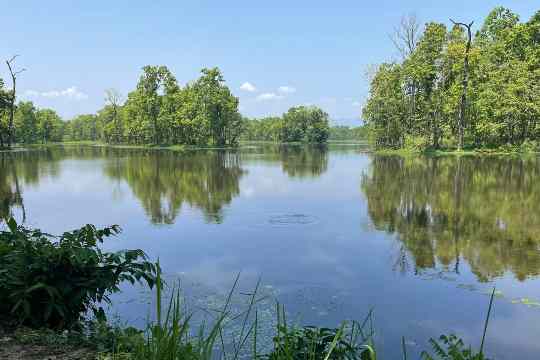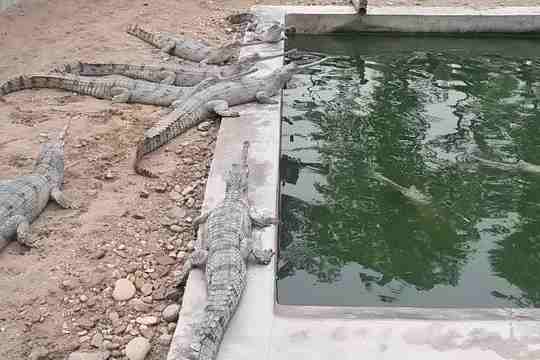Chitwan National Park Travel Guide
Exploring the Wilderness of Chitwan National Park: A Travel Guide
Chitwan National Park is located in the Terai region of Nepal, and it is a popular destination for both domestic and international tourists. The park is known for its rich biodiversity, offering a unique combination of forests, grasslands, and wetlands.
The park is home to a diverse range of plant and animal species, including over 500 species of birds, more than 50 species of mammals, and over 50 species of reptiles. Some of the notable species found here include the Bengal tiger, the one-horned rhinoceros, and the Asian elephant.
Visitors to Chitwan National Park can take guided tours to explore the various habitats within the park, including forests, grasslands, and rivers. There are also several lookout points and watchtowers where visitors can spot wildlife from a distance.
In addition to its rich wildlife, the park is also home to a number of traditional Tharu villages, where visitors can learn about the local culture and way of life. The Tharu Cultural Museum, located within the park, is a particularly interesting spot to learn more about the history and culture of the region.
Overall, a trip to Chitwan National Park is a must for anyone interested in experiencing the beauty and diversity of Nepal's natural environment. Whether you are interested in birdwatching, wildlife spotting, or simply soaking up the scenic beauty, Chitwan National Park has something to offer for everyone.
Speak to someone
who's been there

+91-9873003099
MAKE AN ENQUIRYBest Places To Visit In Chitwan National Park
From historical cities to natural wonders, come see the best of Chitwan National Park.

Bish Hajari Taal
Bish Hazari (20 thousand) lake is in the southern corner of Bharatpur. The lake is very attractive to bird lovers and serves as an important bird watching centre. There are a lot of crocodiles in the lake area and hence it is equally attractive for reptile lovers. The lake is located near Chitwan National Park. Bish Hazari Lake is located just 5 km south of Bharatpur's city center (Chowbishkothi).

Elephant Breeding Center
Of all the animals, elephants are probably the most beautiful. (Elephant Breeding Centre) you will demonstrate how elephants' food is prepared and eaten, and you will find various information about the nature and habits of elephants. Elephant Breeding Center has been established in Chitwan 2044 BS with 6 male and 12 female elephants. At the time of installation an elephant was decelerating rapidly. To control the declining rate, the Elephant Breeding Center was born. The elephant in the breeding center at the time of establishment was gifted from various countries like India, Myanmar, Thailand. Today, the Elephant Breeding Center which is located in Khorshore is one of the popular attractions among the visitors.

Lamo Jharana
After 20 minutes or one kilometer walk from Jalbir Mandir located on the Mughlin-Narayangarh Highway, we reach Chandi Vanzhyang Ward No-9 where you will find Lamo Waterfall (Waterfall). This autumn full of flat meadows is one of the blessings for Chitwan. The water, about 60 meters long, hits the rocks directly below and feels like the waters of heaven. The panoramic view of the lush green hills adds to the beauty of this waterfall.

Gharial Breeding Center
The Gharial Breeding Center was built in 1978 by the National Park authorities. Initially supported by the Frankfurt Zoological Society, the center aims to breed this rare and endangered fish-eating crocodile and reintroduce it to the wild. The main method is to collect alligator eggs in the wild and to keep them in captivity. Their hatching and survival rates in the wild are less than two percent. Thus, captive breeding is more effective because it protects the eggs from predators such as mongooses and humans, who steal eggs for their perceived aphrodisiac values. The Gharial Breeding Center is located in Kasara near the park headquarters and is easily accessible by car.
Best Travel Packages For Chitwan National Park
Find the best deals on Chitwan National Park Tour Packages for solo, family & group travelers.
Looking for a custom trip plan?
It only take 2 minutes to plan your own holiday itinerary.

